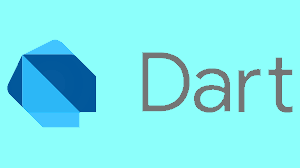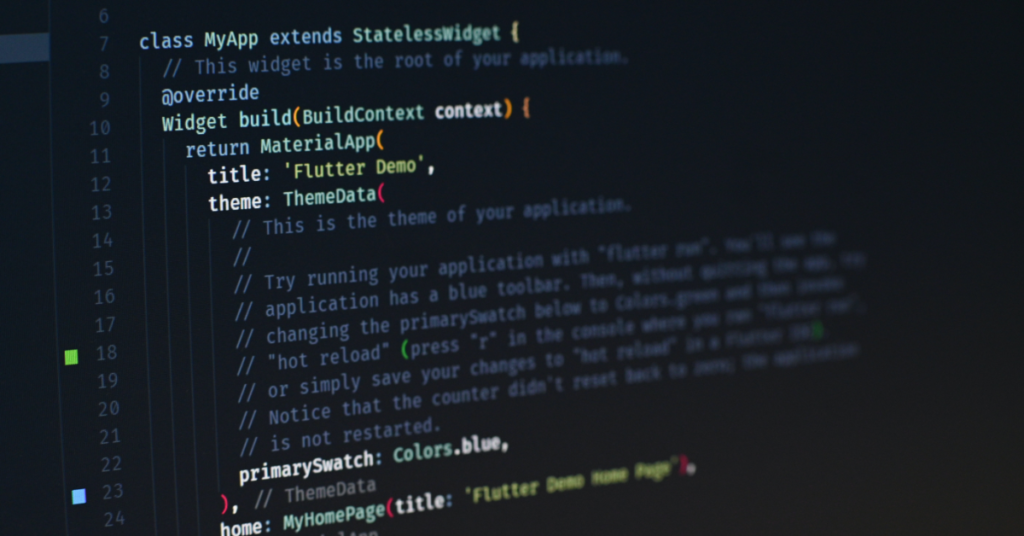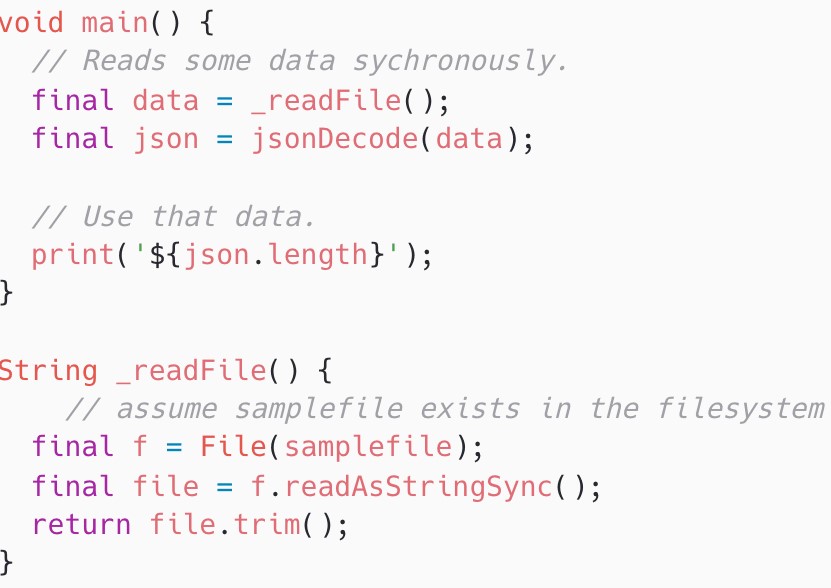Dart
WHAT IS DART?
- Dart is a general-purpose programming language developed by Google, suitable for web, mobile, and desktop applications.
- It offers high performance through just-in-time (JIT) compilation and ahead-of-time (AOT) compilation techniques.
- Dart provides built-in support for asynchronous programming, simplifying the handling of concurrent and non-blocking operations.
- Dart is the primary language used for developing applications with the Flutter framework, enabling the creation of cross-platform mobile apps for iOS and Android.

USE OF DART
- Dart is primarily used for building web, mobile, and desktop applications.
- It is the language of choice for developing applications with the Flutter framework, allowing developers to create cross-platform mobile apps for iOS and Android.
- Dart can be used to develop server-side applications, enabling the creation of scalable and efficient back-end systems.
- Dart is also utilized in the development of command-line tools, scripting, and automation tasks.
WHAT ARE THE FEATURES OF DART?
Strong Typing – Dart is a statically typed language, which means that variables have a specific type that is known at compile time. This helps catch errors early and improves code reliability.
- Object-Oriented – Dart supports object-oriented programming principles, allowing developers to define classes, create objects, and implement inheritance, encapsulation, and polymorphism.


Asynchronous Programming – Dart has built-in support for asynchronous programming using futures and async/await syntax. This makes it easy to write code that can handle asynchronous operations, such as network requests or file I/O, without blocking the main execution thread.
- Garbage Collection – Dart features automatic memory management through garbage collection, relieving developers from managing memory allocation and deallocation manually. This helps prevent memory leaks and improves overall application performance.
THE BENEFITS OF LEARNING TO CODE WITH DART
Cross-Platform Development – Dart is the primary language used for developing Flutter applications, a popular cross-platform framework. By learning Dart, you gain the ability to build mobile, web, and desktop applications using Flutter, allowing you to target multiple platforms with a single codebase.
Productivity and Efficiency – Dart’s simplicity and modern features contribute to increased productivity and efficiency in development. It offers a concise syntax, a rich set of libraries, and powerful tools that streamline the development process, making it easier to write clean and maintainable code.
Performance – Dart is designed to be fast and efficient. It employs a just-in-time (JIT) compiler during development and a ahead-of-time (AOT) compiler for release builds, resulting in high-performance applications. Dart’s performance is particularly notable in Flutter, where it allows for smooth and responsive user interfaces.
Growing Ecosystem – Dart is gaining popularity, especially with the rise of Flutter. As a result, its ecosystem is expanding, with a growing number of libraries, packages, and community support. Learning Dart opens up opportunities to collaborate with other developers, contribute to open-source projects, and access a wealth of resources to enhance your coding skills.
